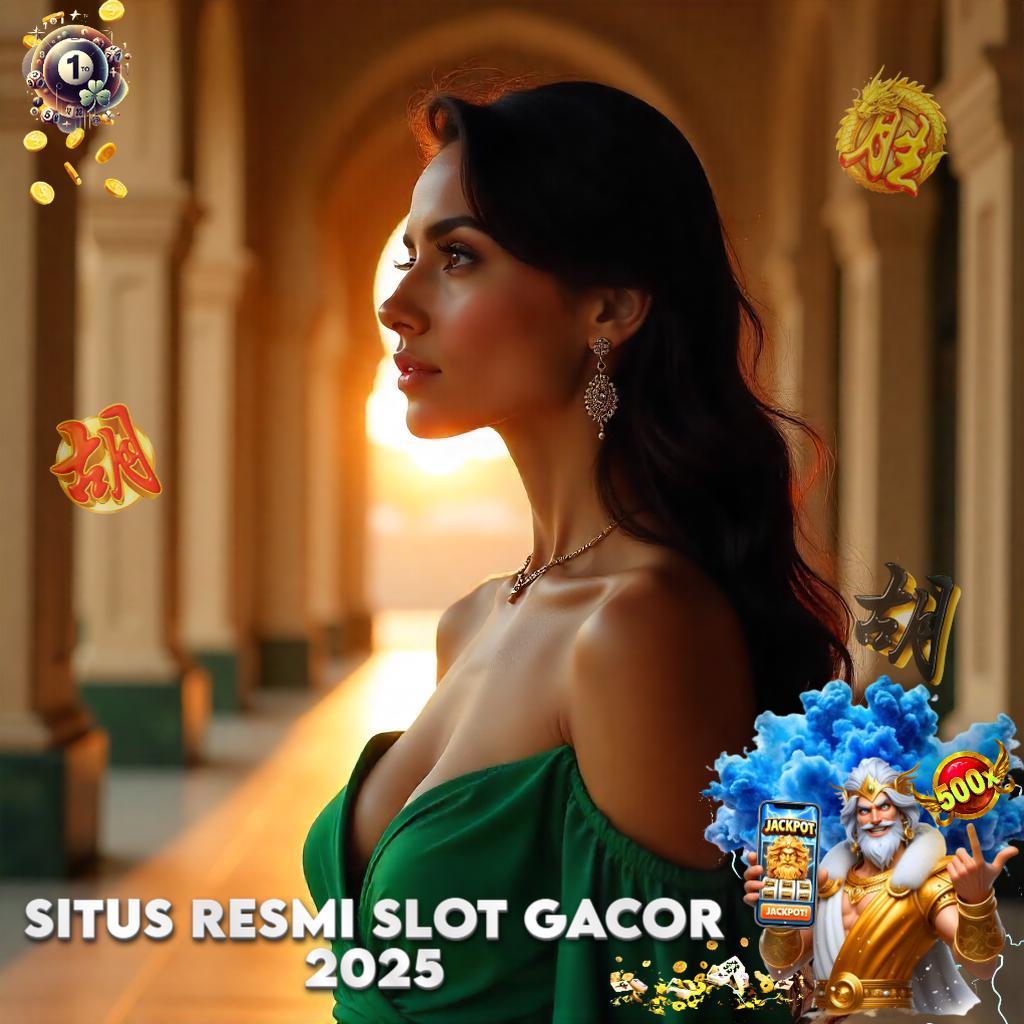PP777 : Terpadu Pusat menuju Layanan Pendidikan & Transformasi Berbasis Data Terkini
PP777 dikenal sebagai media digital yang didesain untuk kepentingan merespons perubahan berkenaan dengan pengelolaan kesehatan modern dan juga materi edukatif yang dibutuhkan. Kelebihan yang dihadirkan menggabungkan sumber resmi terverifikasi berkat tata letak sederhana, menyediakan sarana bagi pemanfaat, baik untuk mahasiswa, kalangan praktisi, dan juga pemerhati teknologi, dalam rangka mengembangkan kompetensi, merespons perkembangan terkini, dan menstimulasi inovasi berbasis.



